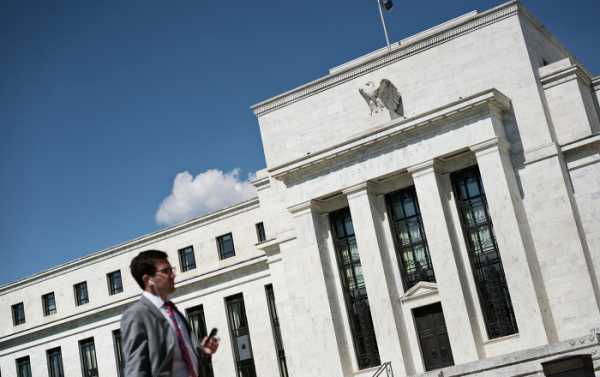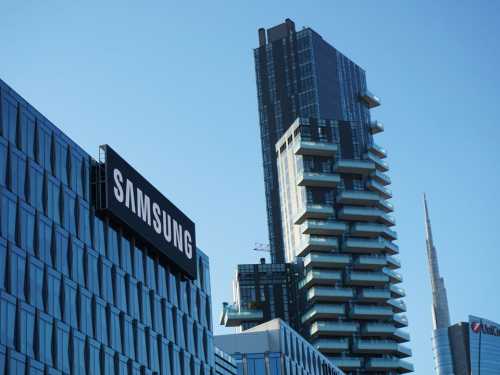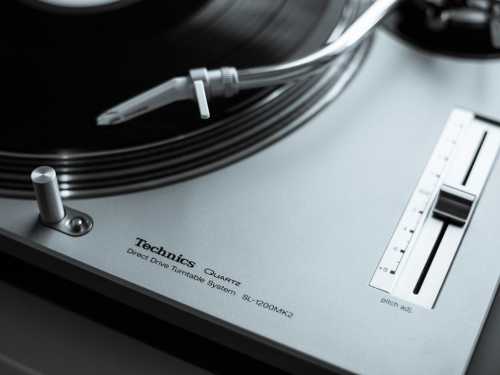
Fed policymakers are heatedly debating further policy moves amid mounting global economic uncertainty as well as developments in the US, as the central banking system is set to hold its first meeting at the end of this month.
Kristian Rouz — US Federal Reserve bankers hint at a likely pause in the Fed’s ongoing policy tightening cycle, as political turmoil at home, weakening global growth projections, and trade tensions are seen as possible threats to the US economy this year. The Fed’s cautious projections come after a year of robust economic expansion, accompanied by four increases in interest rates.
Fed Chair Jerome Powell touted ‘patience’ in regard to rate hikes ahead of the regulator’s first board meeting this year, which is set to take place on 29-30 January.
The Fed’s new message casts doubt over the already modest policy outlook for this year. Fed officials had planned to introduce two rate hikes in 2019, but now some experts say the central banking system could keep rates at their current gauge of 2.25-2.5 percent for most of 2019.
“The approach we need is one of prudence, patience and good judgment,” John Williams, President of the Federal Reserve Bank of New York, said Friday.
Williams, however, also said that should US economic growth accelerate to keep momentum this year, further rate hikes could be justified “at some point”.
The Fed officials’ remarks come as some economists say the ‘goldilocks economy’ moment might have passed, as Wall Street experienced sharp volatility in the midst of this past Christmas holiday season.
Meanwhile, some analysts point out the ongoing government shutdown could affect the Fed’s policy planning as well, along with President Donald Trump’s warnings against further rate hikes — which Trump appears to believe could hold back economic expansion.
“I wouldn’t say that I think it’s a clear and present danger, but I think we should be extremely careful because sentiment, particularly consumer sentiment, will be incredibly important,” Marianne Lake, CFO at JP Morgan Chase & Co. said.
These words of caution came as a recent survey from the University of Michigan showed a slight deterioration in consumer sentiment this month.
However, Fed officials are not convinced the robust expansionary cycle, kick-started by the Trump administration’ tax reform and deregulation, has all but worn off. President of the Federal Reserve Bank of Dallas Robert Kaplan says the central bank would only be ‘patient’ for a quarter or two, after which the Fed could resume its tightening cycle.
The wait-and-see approach is necessary, some Fed officials argue, to observe the possible downside effects of international headwinds, such as a possible ‘hard Brexit’ and an economic slowdown in China, on the US economy.
“The longer these drag on, the more I worry that they really materially weigh on consumer confidence, business confidence, and then start to work their way through actual activity in the economy,” Fed Governor Lael Brainard said.
However, the CEOs of some of America’s largest enterprises are fairly optimistic about the state of the economy, pointing to improvements in corporate earnings, manufacturing output, and capital expenditures.
Many corporate executives don’t believe a recession is a real possibility this year; however, they say, a slowdown could take place due to a combination of economic risks and political uncertainty.
“Relative to 2018, we expect a deceleration in the rate of growth in the US, Europe and China,” Chief Financial Officer at Ford Motor Co. Robert Shanks said.
However, Fed Governor Randal Quarles believes the ‘base case remains very strong’ and supportive of the assumptions that the robust expansion in the US economy will continue this year and well into the next. Some Fed officials say the central bank should still raise rates twice this year, and closer to the so-called ‘neutral rate’, which neither supports nor hinders the pace of GDP growth.
According to the Fed, this ‘neutral rate’ currently stands at roughly 3 percent, meaning current monetary policy conditions are still accommodative and supportive of domestic lending and business activity. Two more rate hikes, however, would push US rates to 2.75-3.00 percent — precisely towards the lower gauge of the ‘neutral rate’.
Sourse: sputniknews.com






